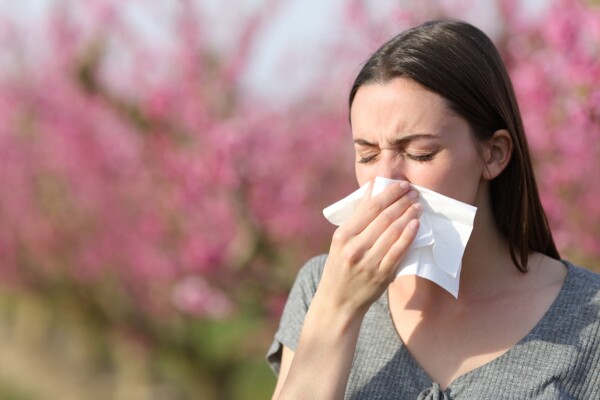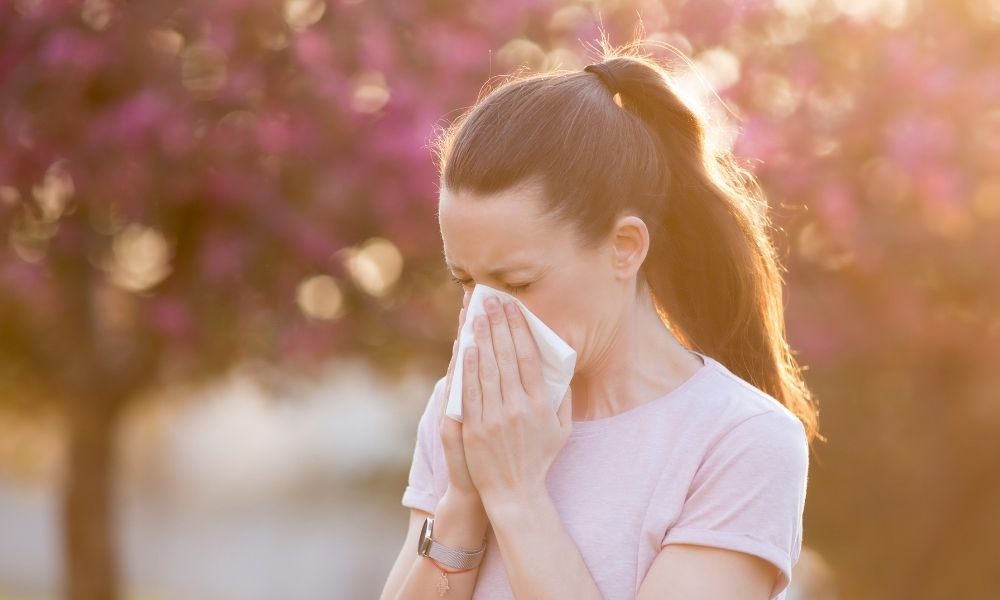As we experience the changing of seasons, millions suffer from seasonal allergies also known as hay fever or allergic rhinitis. Lanham, Maryland faces multiple allergens throughout the year that span from pollens in the springtime to mold during fall. Learning how to manage common seasonal allergies is a relief for those who truly suffer under such conditions and do not need more stuff in their lives that they have no control over. We dive into some of the most prevalent seasonal allergens and offer actionable advice from the asthma and allergies center in Lanham, MD on how to keep them in check.
Seasonal Allergies Causes
The immune system becomes hyperactive when certain allergens are present in the environment during particular seasons of every year. The real problem allergens responsible for seasonal allergies are:
- Pollen: Pollen is one of the biggest seasonal allergy triggers, especially in the spring and summer months.
- Mold spores: Mold thrives in moist conditions and generates spores that are also allergenic, more so in the fall.
- Dust Mites: House dust is the breeding ground for these very small bugs that act as typical allergens in households which can result in sinus allergies year round and their numbers grow exponentially with fluctuations of temperature and humidity.
- Ragweed: One of the most common allergens during the late summer and fall is ragweed pollen; it often causes symptoms like sneezing, as well as congestion.
The Best Ways to Treat Seasonal Allergies
Seasonal allergies are typically managed by reducing allergen exposure and taking medications to relieve symptoms. Below are some effective solutions to this problem.
- Close Windows: Avoid opening windows in your house and car during peak allergy seasons to keep pollen out. Recommend air conditioning to reduce indoor allergens.
- Maintaining Proper Hygiene: When you come in from the outdoors, get changed and take a shower to wash pollen out of your hair and any that may be attached to your skin. This can help cut down the allergens that are carried into your home.
- Dust mites are a common allergen in bedding, so choose allergy-proof bedding. Control exposure by using hypoallergenic pillowcases and mattress covers. To abolish dust mites, wash bedding in hot water often.
- No Outdoor Chores: Lawn mowing or raking leaves can exacerbate allergy symptoms. Wear a mask if you are working outside and do not work during peak pollen hours.

Seasonal Allergy Management in Lanham
Like other residents in Lanham, the inhabitants here face all kinds of seasonal allergies due to different climatic and vegetative conditions. Spring is commonly associated with local allergens like pollen from oak, maple, and birch trees while ragweed pollen takes over in the late summer through fall. Fungi from rotting leaves and wet weather also can cause fall allergies.
These management strategies you might choose to avoid will make it less problematic for individuals trying to figure out their common allergen and breathe a sigh of relief. Collaborating with local resources, like allergists and community health centers will offer more customized support and insights into the environmental factors contributing to Lanham.
Allergic reactions make every day harder but knowing how to deal with your allergies can give you back the control of not only feeling good about yourself, your health, and everything that is part of being a functional human. Stay educated about common allergens in your area, wash well, and use necessary medications to control seasonal allergies, Lanham. If your symptoms are constant or get worse, see a doctor to find more treatments and build an action plan. By becoming proactive, the changing seasons can be enjoyed in comfort and happier times.



